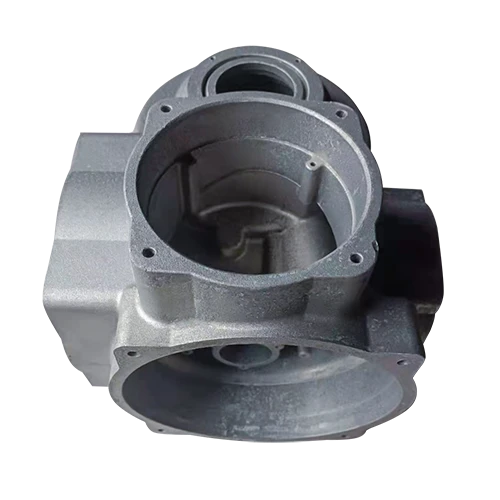Mobile:+86-311-808-126-83
Email:info@ydcastings.com
metal casting with 3d printed molds
3D Printed Molds in Metal Casting Revolutionizing Traditional Techniques
The realm of metal casting, a fundamental manufacturing process for producing complex metal parts, is witnessing a transformative shift with the advent of 3D printing technology. Traditionally, metal casting involves creating molds from materials like sand, metal, or ceramic. However, the incorporation of 3D printed molds is revolutionizing this age-old technique, offering unprecedented advantages in precision, efficiency, and design flexibility.
3D Printed Molds in Metal Casting Revolutionizing Traditional Techniques
One of the most notable benefits of 3D printed molds is the reduction in lead times. Conventional mold-making can be a time-consuming process, often taking weeks or months to complete. With 3D printing, molds can be produced in a matter of days, significantly accelerating the overall production cycle. This rapid prototyping capability allows manufacturers to quickly iterate designs, evaluate performance, and make necessary adjustments before committing to large-scale production. As a result, companies can respond faster to market demands and reduce overall production costs.
metal casting with 3d printed molds

Additionally, 3D printed molds can lead to significant material savings. Traditional mold-making processes often result in a substantial amount of waste material due to the subtractive nature of methods like machining. In contrast, 3D printing is additive, meaning that material is used only where necessary, which helps reduce waste and the environmental footprint of the manufacturing process. Furthermore, advanced materials used in 3D printing, such as polymer composites or metal-filled resins, can be optimized for thermal conductivity and strength, enhancing the overall performance of the mold.
Another considerable advantage of using 3D printed molds is the ability to produce highly customizable solutions. In industries such as aerospace, automotive, and healthcare, where customization is key, traditional molds often fall short due to their one-size-fits-all approach. 3D printing allows for the rapid creation of unique molds tailored to specific components or applications. This adaptability not only enhances product quality but also fosters innovation in design practices.
However, challenges remain in the adoption of 3D printed molds for metal casting. One primary concern is the durability of the printed molds. While advancements in material science are ongoing, the longevity and thermal stability of 3D printed molds compared to traditional materials must be carefully evaluated to ensure that they can withstand the rigors of high-temperature molten metal.
In conclusion, the integration of 3D printing technology in metal casting is ushering in a new era of manufacturing. By enabling the production of complex, customizable molds with reduced lead times and material waste, this innovative approach is set to enhance the efficiency and effectiveness of metal casting processes. As further research and development continue to address existing challenges, the future of metal casting with 3D printed molds looks promising, offering a pathway toward smarter, more sustainable manufacturing practices. This evolving landscape will not only benefit manufacturers but also lead to the creation of superior products that meet the demands of an increasingly complex market.
-
Understanding Metal Casting TechniquesNewsApr.02,2025
-
Understanding Exhaust Manifolds for Enhanced Engine PerformanceNewsApr.02,2025
-
The World of Metal FabricationNewsApr.02,2025
-
Key Components for Pump and Turbo EfficiencyNewsApr.02,2025
-
Essential Tools for Automotive Maintenance and RepairNewsApr.02,2025
-
Durable Valve Components for Effective Water ManagementNewsApr.02,2025











